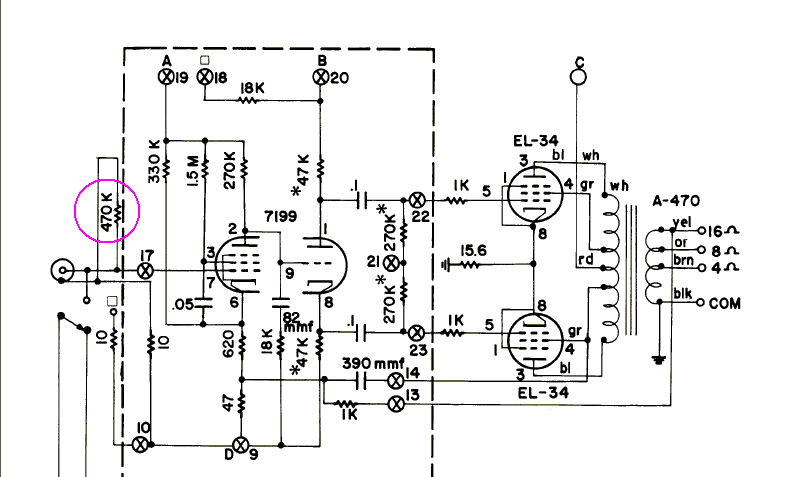Lowering Input Impedance on Stock Circuit
Can the input impedance be lowered on the ST-70 with a stock circuit without any other ill effects to the amplifier? I have one preamp that does not do well with such a high input impedance and I would like to lower the value; if possible.
My ST-70 is rebuilt with new components, but the values and circuit are stock.
Thanks,
Dave
My ST-70 is rebuilt with new components, but the values and circuit are stock.
Thanks,
Dave
